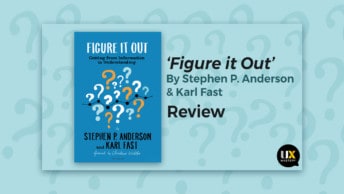In November 2016, Anthony Rezendes sat at a lunch table and took a deep breath. Joining him for sushi were two senior managers, interviewing him for a potential UX Manager role. They were viewing printed screenshots of one of their products and discussing Anthony’s critique.
“So, Anthony, what would you do?” one of them had asked. “What would you do to improve this?”
The company had recently rebranded from BancVue® to Kasasa®. The mood of optimism and a drive for progress was thick in the air.
“In my mind, I was thinking ‘We’ll need to better understand what people want and try to align that with business goals’. That might even mean starting from the ground up.” Anthony recently told us.
He also knew he would have a big task ahead. The challenge would be exciting and demanding. This was a project that required going beyond the typical scope of design; a step up and back was also needed to help build awareness of and maturity in the company’s user experience practice.
And Anthony already had a good idea of how he could do that. Conversations and successes from previous roles, a desire to get stuck in and make a positive difference, and support from a particular software tool he knew could help champion a user-centred approach.
A company with tenacity in its DNA
Kasasa is a financial technology and marketing provider that works exclusively with community banks and credit unions. Essentially it’s an alternative to giant banks like Citibank, Capital One, or Wells Fargo. With 450 employees, Kasasa has helped over 900 community financial institutions establish long-lasting relationships with their own customers. It does this via branded retail products, a marketing team with good rapport with their audience, and a lineup of expert consultants.
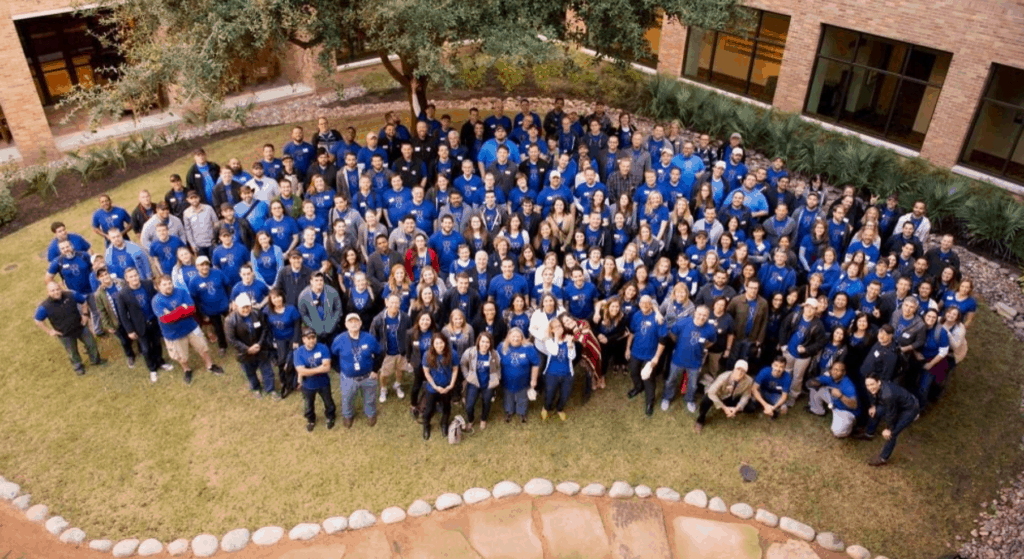
Anthony was hired as part of the team focussed on analytics. Together with Jay Egan (Kasasa’s Director of Business Intelligence) and digital media savvy front-end developer Gregory Griffith, they had the mission of renovating Kasasa’s data analysis platform, Insight Exchange, to better meet internal and external demands.
Key to their definition of success was increasing the product’s utilisation rate. They knew that some of their target users were unaware of the tool’s fundamental strengths. Others had existing workflows outside of it, or had workarounds that sidestepped it. It was therefore important to make changes that would attract and welcome these customers and users. This would allow them to be better supported by Kasasa’s maturing ecosystem of products and services.
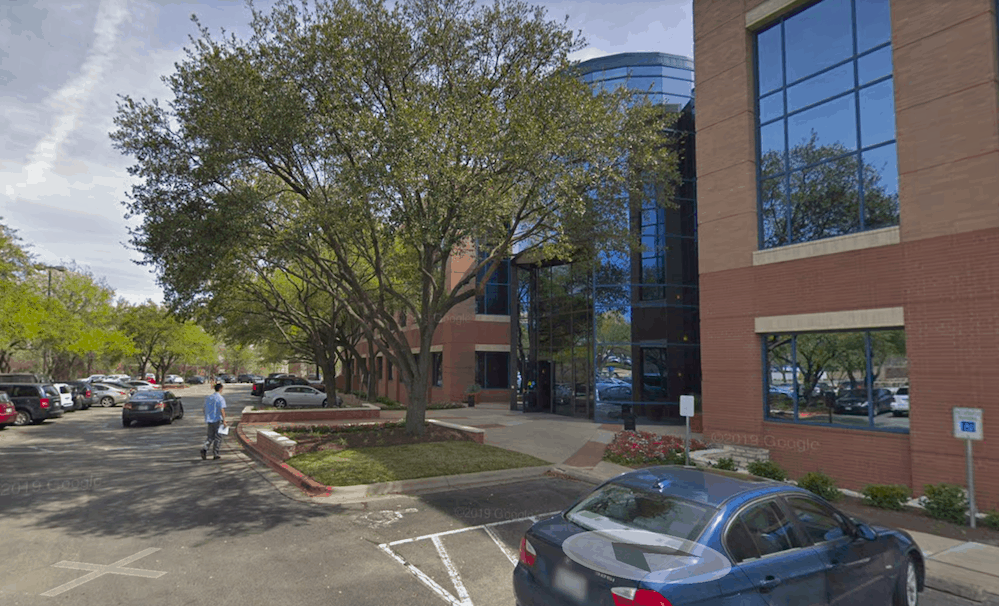
Insight Exchange was a product of its time. While Kasasa’s corporate values are centred on creating engaging relationships with customers, there was more that could be done to consult them on their needs for a digital product
“Historically, talking to clients was about educating them or going through a demo with them, and less about listening to their thoughts, ideas, or concerns,” Anthony explained.
This presented a substantial opportunity for Anthony and Kasasa, and there would be a lot at stake without it. “This analytics product is, ultimately, about the user and what the user needs. And if we’re not meeting their needs, our software’s not going to be seen as helpful.”
Anthony gave himself a four-step plan for addressing the sticking points
- First, to build trust and develop opportunities to talk with the target audience.
- To show the value of these conversations, especially where this helped make a distinction between ‘UI’ and ‘UX’ tasks.
- To increase the team’s UX maturity by bringing in a mix of traditional pen & paper methods, along with new technologies like the qualitative user research tool, Optimal Workshop’s Reframer.
- And finally, to actually get on with the task of redesigning the Insight Exchange product itself.
Finding the right tool
“I first started using Reframer at my previous place of employment (a medical analytics firm). I really enjoyed it and saw the benefits of using it. But that was a bigger company, with resources like dedicated UX researchers.”
“I needed the same rigour and discipline to approach Kasasa’s discovery phase, but without a full-time research team.”
“UX researchers are into data and are often working heavily with databases. I had to come up with data that I didn’t have access to yet. I needed qualitative data, and a tool like Reframer to keep track of all the conversations we were having.”
Reframer’s role was to quickly and effectively summarise findings from the research. It is able to do this in a way that supports clear communication to stakeholders.
Optimal Workshop’s Reframer is a qualitative user research tool. It allows a team to capture all observations and data points collected during the research phase of a project. Once collated into a single space, it supports ways of exploring that data in new ways.
It also recently emerged from public beta on February 4.
Interview notes, emotional and behavioural data, user test feedback, and more can be entered or imported. Data can then be tagged, filtered and tracked within the tool.
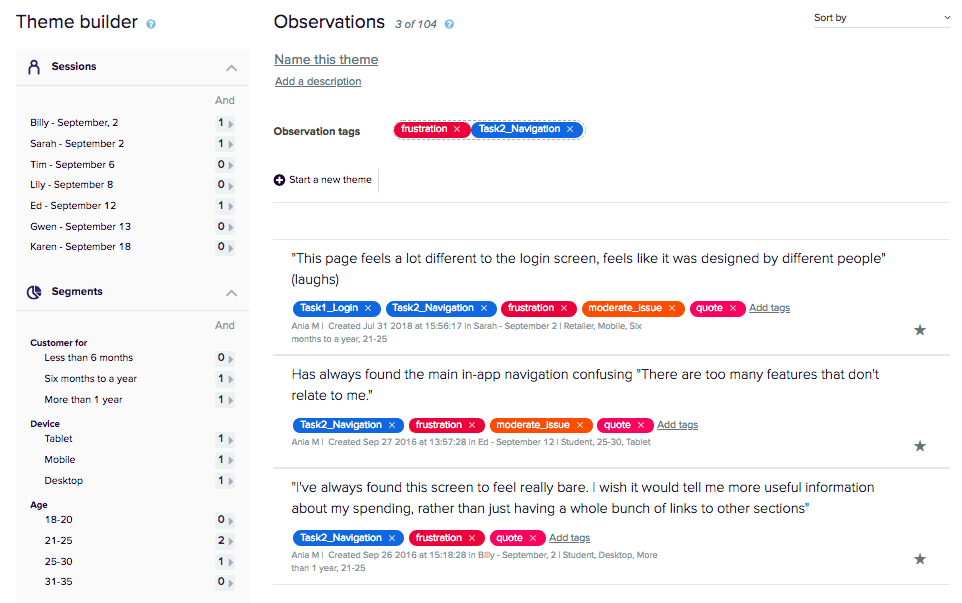
Tagging the data in this way allows researchers to surface recurring themes. It makes it straightforward to track and analyse trends. Multiple people can also add their data making it simple for remote teams to aggregate and synthesise their findings
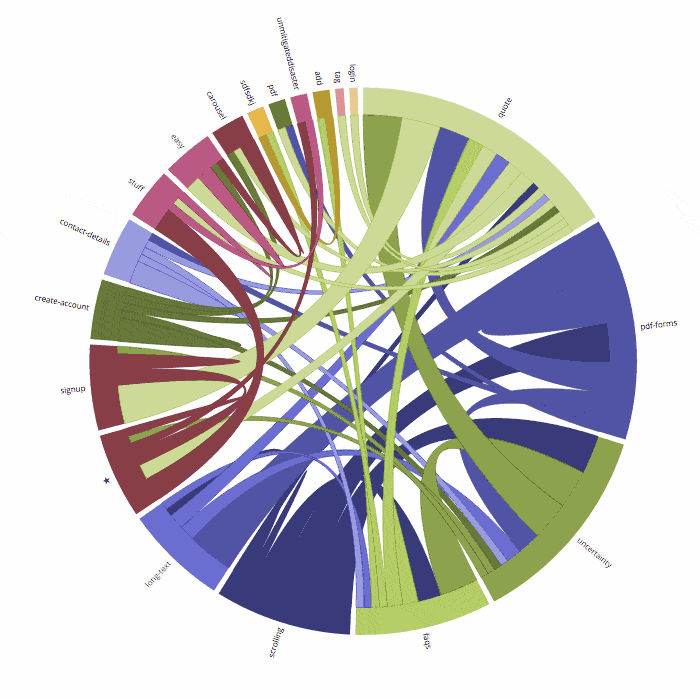
Anthony sets the scene: “We were growing and learning as a team. Part of that effort is shared understanding with regard to the data we collect. The UX discipline is about leveraging user research and team collaboration to solve barriers to engagement.”
Getting buy-in with tangible data
After weeks of building alliances and making detailed plans, Anthony got the stakeholder support for a discovery phase. He then spent four months conducting interviews, running empathy mapping sessions, and measuring behaviour and perspectives with surveys.
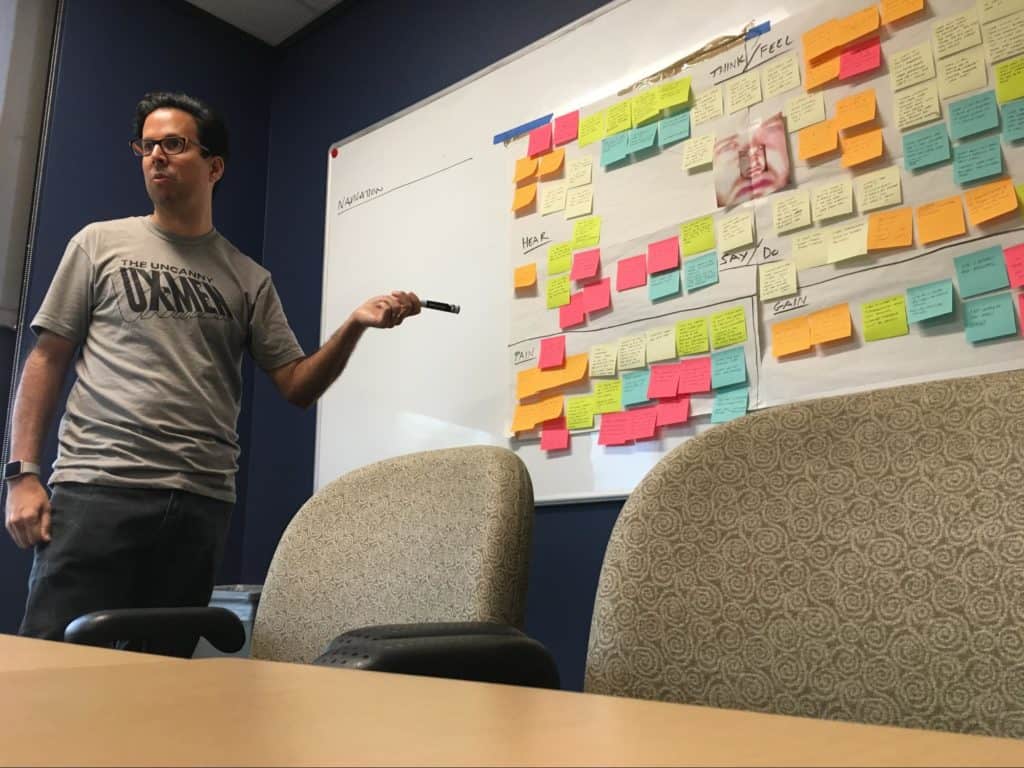
Early conversations began with internal stakeholders, then quickly expanded to clients and end users. These interviews gave Anthony a direct view on how utilisation might be increased.
“With Reframer, and Optimal Workshop’s entire suite of research data-oriented UX tools actually, I then had a way to show that the UX process was much more than just visual design. More than just a look and feel.”
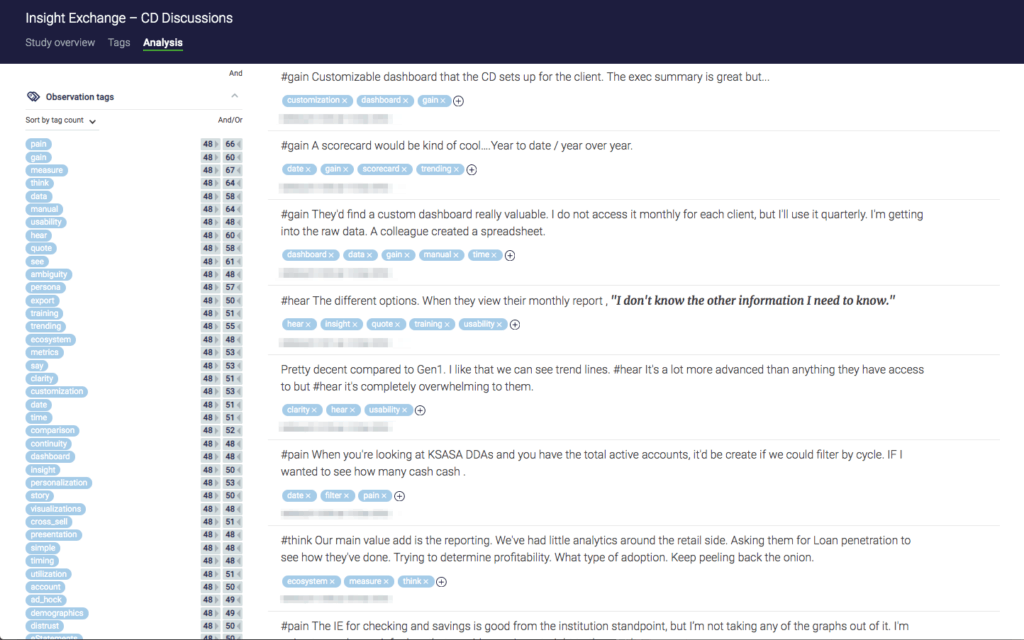
“We use a variety of different techniques as a UX team. A lot of times we’re doing empathy mapping, journey mapping. We’re conducting focus groups, user testing, sometimes showing prototypes and giving feedback there.”
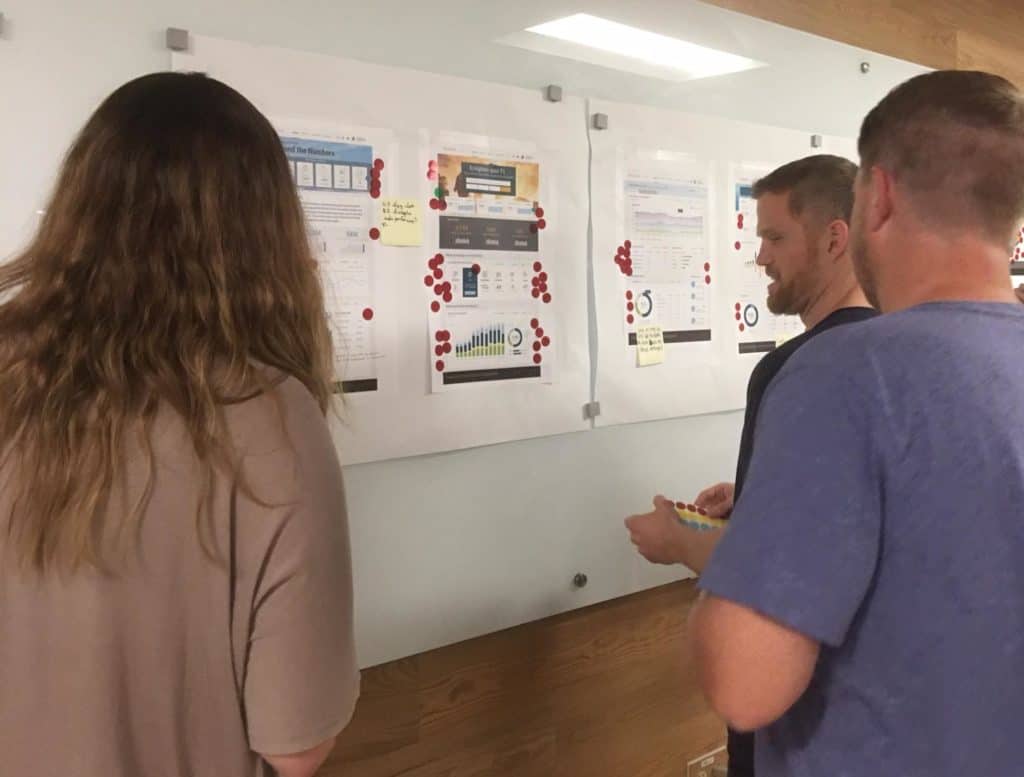
“Part of the reason I do these reports is so the company can see the business value. Why we spent the time to do this, and how it impacts the product. There’s proof of return on investment when you can show and validate the value of UX through the tool. It became our evidence rather than a fumble trying to figure out what all it meant.”
“There’s proof of return on investment when you can show and validate the value of UX through the tool. It became our evidence rather than a fumble trying to figure out what all it meant.”
“Building the case for UX research is important. We opened up the process so that others could listen in on conversations. And even allowed long-time staffers to lead conversations so they could experience the value of interviews first-hand. Also, we sat in on a lot of sales calls so we could assess what was resonating with clients. When we explained who we were and what we were doing, most people really appreciated someone listening to their concerns. The company opened up to the possibility of leveraging UX as yet another opportunity to satisfy client needs.”
Answering the Call
“A large success from the discovery phase was being able to use Optimal Workshop’s Reframer to help the company understand the notion of qualitative data and its effectiveness in the design process.”
“We could then really lean in to building a product that was sustainable. Everything was based on listening to people, and being able to communicate data back through the tool.”
So what did Anthony and the team find when they analysed the data gathered and collated in Reframer?
“On the practical side of things, it was clear the users needed an actionable dashboard. And a simple way to export their data”. Anthony also discovered there were two clear but distinct types of users to develop into user personas. The redesigned tool also ultimately proved its value by enabling the core clients to make measurably better financial decisions.
Finding: People needed an actionable dashboard
“Once we realized people wanted particular directional insights, that they wanted to know what to do next, well, that wasn’t in the original tool. They had no next steps, it was just a bunch of information and charts. So we built a quarterly health report within the tool to show performance in a way that was directly actionable.”
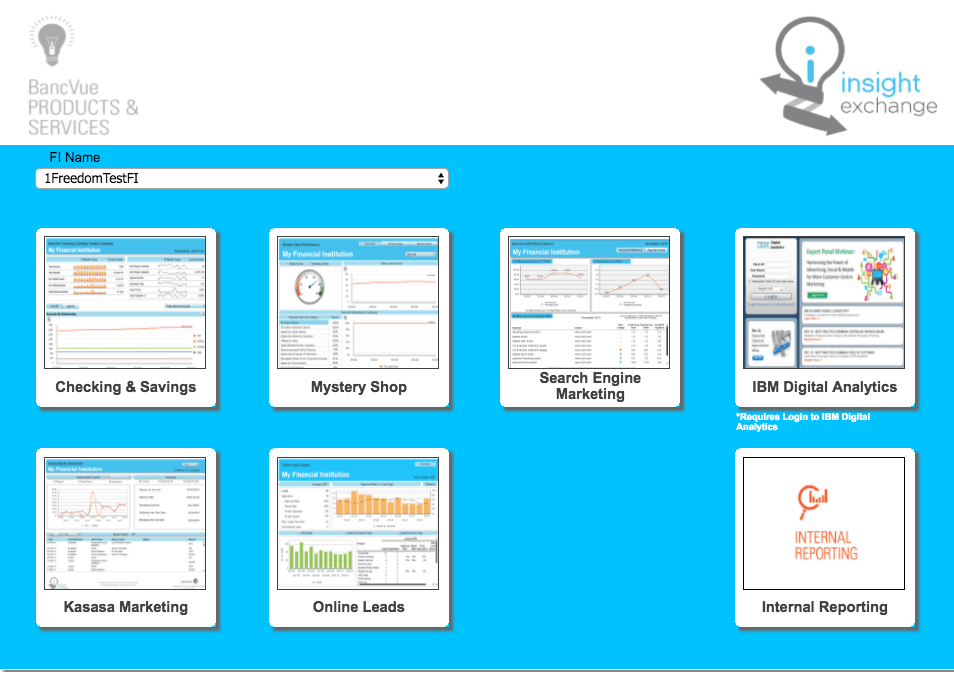
Finding: Supporting exported data
“Another key finding was that not only were people finding other ways to get what they needed, they felt more comfortable exporting the data to manipulate directly in spreadsheets and presentations,” Anthony says.
“We found it wasn’t intuitive or useful for internal folks either, despite the internal referencing and processes surrounding it.
With the information collated in Reframer, they were able to determine a clear path forward.
“We realized our first version was going to be for those internal users. We had to train the internal staff and show them this new version was valuable. That we could use this to share the bank’s data in a way that made sense with visualizations and filtering. Initially, internal users didn’t have that confidence in the tool.”
“Working with them and working with Reframer to collect the data allowed us to refine the platform to make it work for everyone.”
Finding: We actually had two audiences, not one
What Optimal Workshop’s Reframer also allowed the Kasasa team to see is that Insight Exchange had two distinct audiences.
Anthony explains: “There are the bank staff that are interested in seeing some high level metrics and going through filtering things. And there is the financial analyst persona who loves the data, and wants to really dive deep into it.”
“The notion that there are different types of users came out through Reframer. We ended up also building another tool called ‘Insight Author’ as a way to drill down into more complex data”. This proved the value of careful UX research, and allowed Kasasa to develop further tools that users needed and wanted.
Feedback from Stakeholders
“The new tool allows clients to be more empowered. I think if you talk to anybody in the higher level of the company, they would say Insight is becoming a go-to tool for us to be able to express the effectiveness of our products. And it’s contributed to growth within our analytics area too.
“It’s contributed to growth not only in the company but, for all of the FI’s [financial institutions]. Being able to have transparency and visibility in their performance. It’s an opportunity not only to understand what’s in the data but also to do actual consulting. And to work on other important things, like nurturing relationships.”
Seeing results
“All of our work culminated in a presentation at our annual Symposium of Peers. We got in front of the entire organization and showed where we were headed with the second iteration of the platform. We received feedback saying people were really wowed by our responsive demo. The platform had come so far from the Flash-based, non-responsive tool with minimal utilization. It was now a more robust, user-centered application that appealed to not only clients but internal service folks too.”
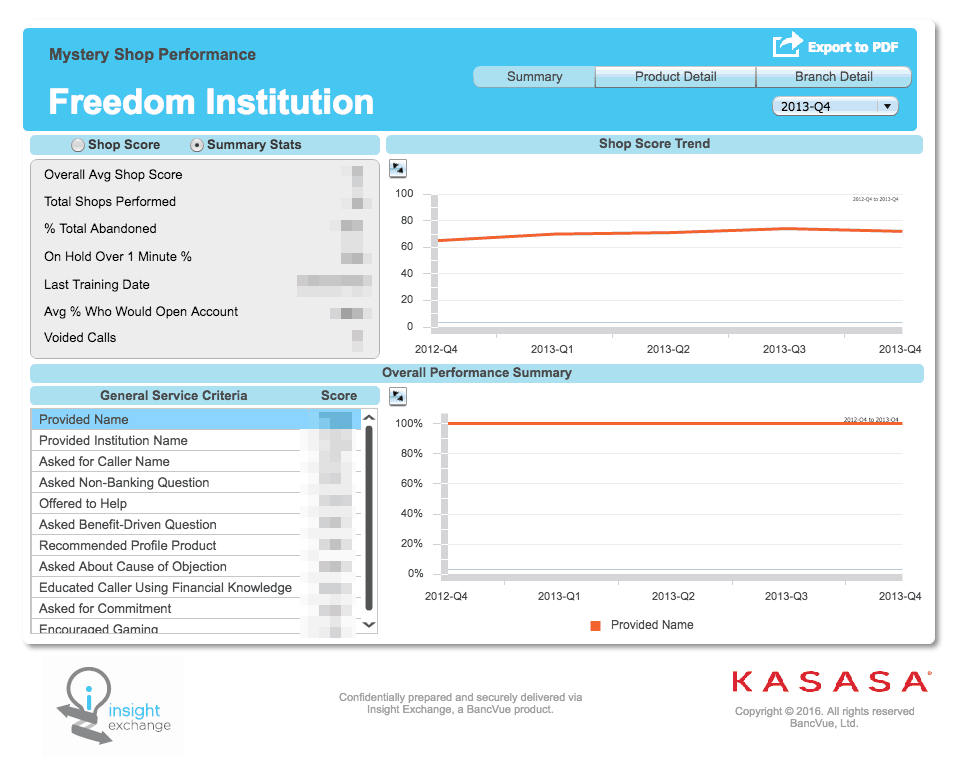
Insight Exchange was relaunched with the name ‘Insight’ and positive results from the improved user experience were immediate. The upgraded platform showed a continual lift in utilization. 114% lift in the first month, 24% lift after three months, and 16% lift after six months.
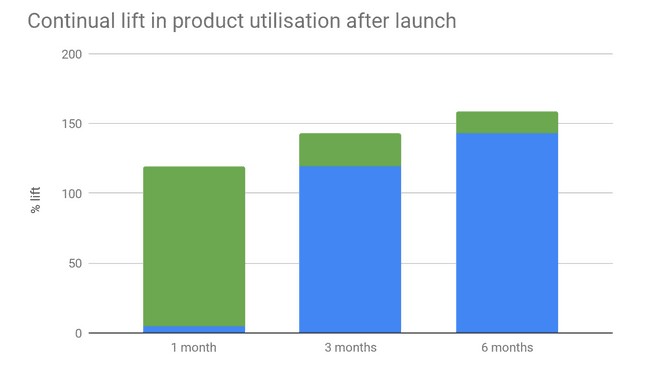
Looking ahead
Could Anthony have predicted during his first interview that he would go from a solo UXer to proving the value of user experience in a company that now has a dedicated and growing team of UX experts?
“I feel like we’re stronger and better equipped to be partners within the organization as opposed to just a service to it. In true Agile form we’ve been able to transform some dev-centric processes and give UX a seat at the table.”
“Based on the success and growth of Insight, we’re adding additional user-centred folks to the product team. Right now, we’re up to five employees and adding two more within the next few weeks.”
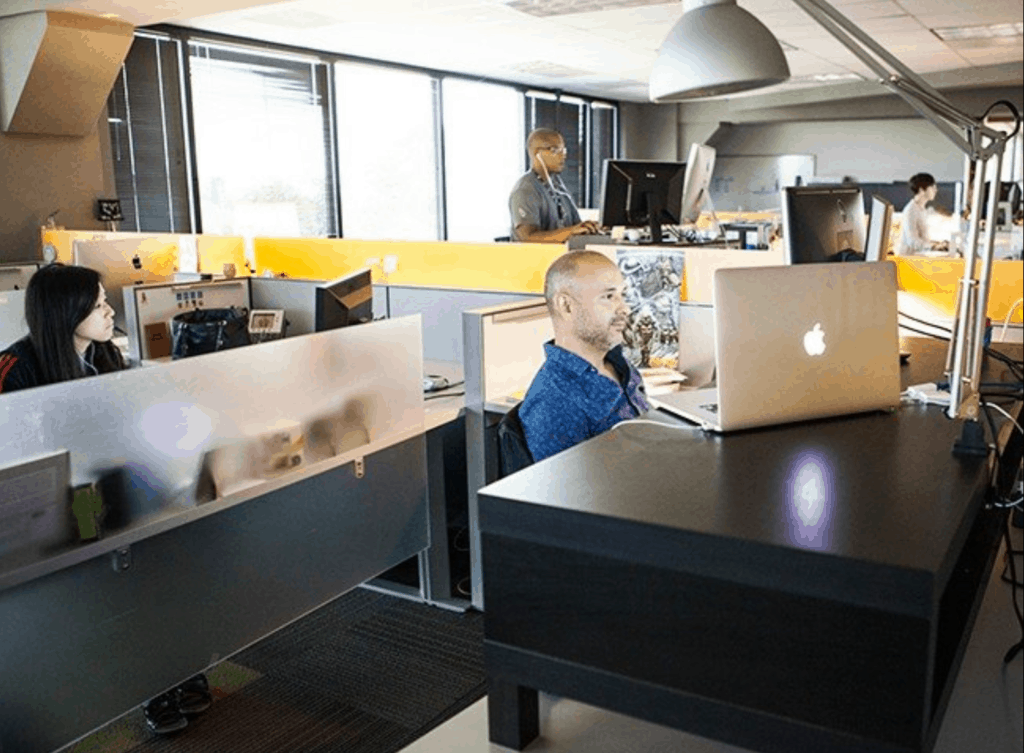
“With several new products at the company, it’s an exciting time to be working here. While our journey is far from complete, I’m looking forward to future challenges and employing tools like Optimal Workshop’s Reframer in our mix.”
A free trial of Optmal Workshop’s Reframer is available with no time limits but a maximum of 3 sessions per study. Full product details and pricing are available on the Optimal Workshop website: https://www.optimalworkshop.com/reframer
UX Mastery produces unbiased, authentic and reliable content. This success story was produced independently and without input from Optimal Workshop. Project details were kindly supplied by Kasasa upon request. Optimal Workshop is also a sponsor for UX Mastery’s newsletter and social channels.



